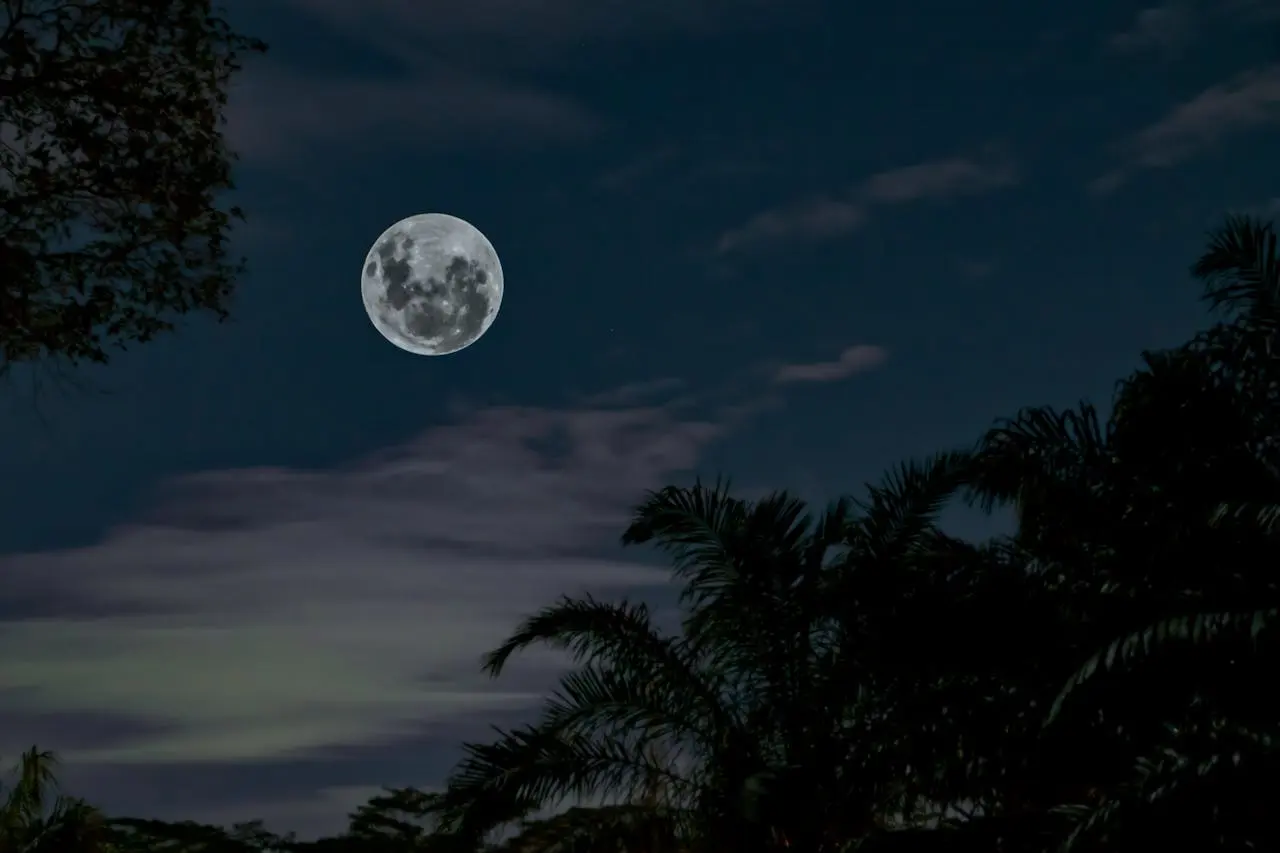On August 19, 2024, skywatchers around the world will have the chance to witness the Rare Super Blue Moon. This unusual occurrence, where a Supermoon and a Blue Moon coincide, will light up the night sky with a brilliant display that’s not only stunning but also incredibly rare.
What is a Super Blue Moon?
A supermoon occurs when a full moon coincides with its closest approach to the Earth in its orbit, known as perigee. The Moon will be 30% brighter and will appear slightly larger, though the difference can be subtle to the naked eye.
A “Blue Moon” is a term used to describe the second full moon in a single calendar month. Contrary to its name, a blue moon doesn’t appear blue; it’s a rare occurrence. The combination of these two events—a supermoon and a blue moon—results in what we call a super blue moon, an event that is even more infrequent and special.
While the full moon technically peaks during the day in some regions, you’ll still be able to see it in the night sky on August 19. The moonrise will provide the best viewing opportunities, offering a stunning display as the Super Blue Moon ascends above the horizon.
Why is a Super Blue Moon rare?
The blue moon is itself an uncommon appearance. It appears only once every two to three years. However, supermoons are quite common and occur multiple times a year. But the chances of a supermoon coinciding with a blue moon are rare. The last such event occurred in 2018, and the next is likely to occur in 2032.
How to watch the Super Blue Moon?
The Super Blue Moon can be seen with the naked eye. There’s no need for special equipment to observe this rare celestial phenomenon. But using a telescope with a moon filter or special binoculars will provide you with a much more detailed view of the moon.
Weather plays an essential role, as clouds may ruin the excitement for you. In such a case, you can still watch live streams on the internet.
Tips for Astrophotographers
Here are some tips to capture the Super Blue Moon.
- Use a tripod: Using a sturdy tripod is necessary to avoid blurry images and capture the moon in a much more detailed manner.
- Use a good lens: using a good telephoto lens will provide you with options to zoom in on the moon, revealing the unseen beauty.
- Camera settings: You can play around with ISO, aperture, and shutter speed according to your surroundings.
- Time it right: Timing the event is essential. You should capture the moon right after it rises or right before it sets when it is nearer the horizon, giving you a dramatic landscape view.

